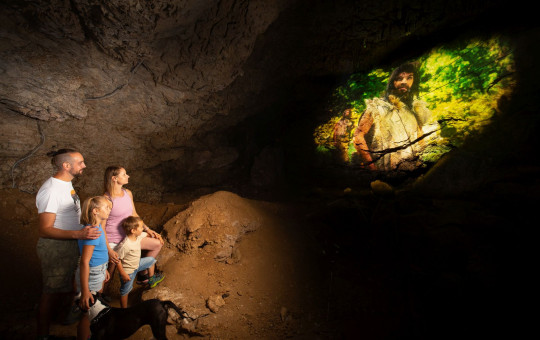Date: 3. May 2024
Time to read: 4 min
Welcome to the time of the pile dwellers and the first archaeological excavations. The pile dwellers settled on the edge of what was then the lake around 6600 years ago. Their abundance, the wealth of archaeological finds and, above all, the preservation of the organic remains of the huts, food, clothing, tools and other implements are of great importance for understanding the first permanent settlers, farmers and pastoralists in this part of Europe.
In 2011, UNESCO recognised the outstanding universal value of these archaeological remains and inscribed 111 prehistoric sites across the Alps, including the site of Igo, on the World Heritage List.
-
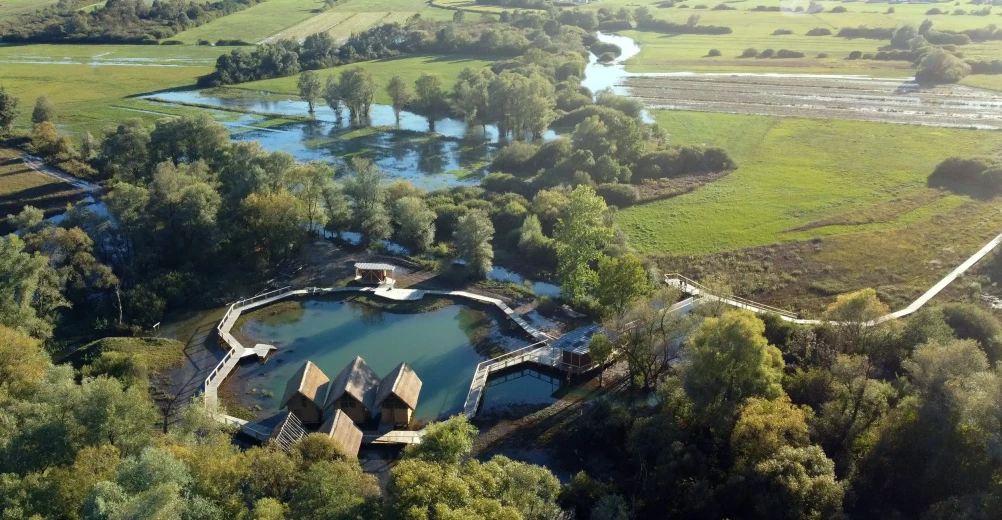 The nine thematic units of the exhibition at Morostig House present important fragments of the explorations of the Ljubljana Marshes and the pile dwelling sites. Photo: Morostig
The nine thematic units of the exhibition at Morostig House present important fragments of the explorations of the Ljubljana Marshes and the pile dwelling sites. Photo: Morostig
-
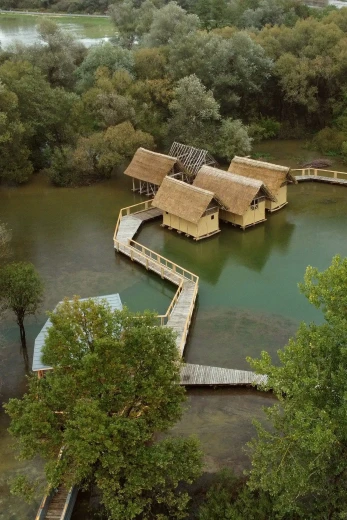 Where did they come from and why did they settle here? What enabled them to settle here? Did anything threaten them? Did they ever travel anywhere? What did they gather and what did they hunt? Photo: Morostig
Where did they come from and why did they settle here? What enabled them to settle here? Did anything threaten them? Did they ever travel anywhere? What did they gather and what did they hunt? Photo: Morostig
-
 During your visit, you will learn about the details of the colonial period and the pile dwelling settlements around the Alps, which are a UNESCO World Heritage Site, and about the biodiversity of the isolated moorland landscape, which is preserved both by its inclusion in the EU's Natura 2000 network and by its status as a landscape park. Photo: Morostig
During your visit, you will learn about the details of the colonial period and the pile dwelling settlements around the Alps, which are a UNESCO World Heritage Site, and about the biodiversity of the isolated moorland landscape, which is preserved both by its inclusion in the EU's Natura 2000 network and by its status as a landscape park. Photo: Morostig
Nature park
The Morostig thematic trail, which winds through the Ljubljana Marshes and ends at the dwelling on stilts, will take you there. Visitors interested in the history and views of the area, as well as its botanical and zoological features and diverse habitats, will be fascinated by a walk along the trail. The reconstruction of five stilts and one log cabin brings countless exciting stories. About the pile dwellers who may not have lived as we do, but who anticipated our daily lives. It is no coincidence that the Ljubljana Marshes are protected as a nature park and declared a Natura 2000 site.
-
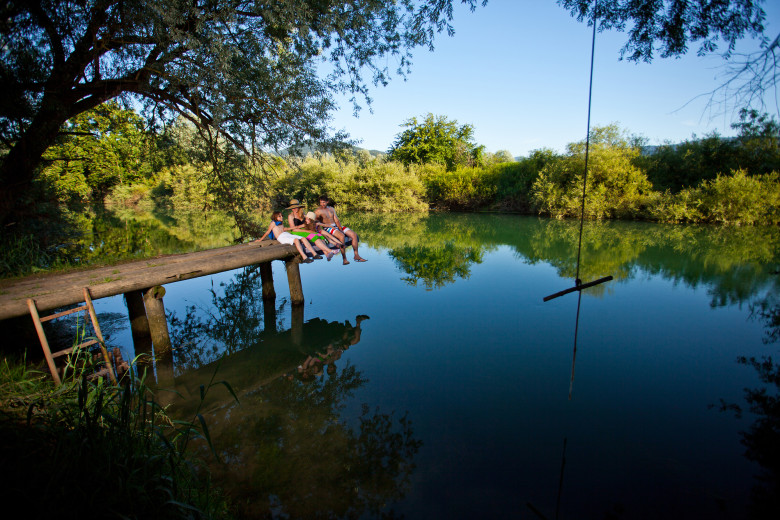 After your visit, you'll understand why the Ljubljana Marshes are worth returning to again and again for inspiration. Photo: Jošt Gantar/slovenia.info
After your visit, you'll understand why the Ljubljana Marshes are worth returning to again and again for inspiration. Photo: Jošt Gantar/slovenia.info
-
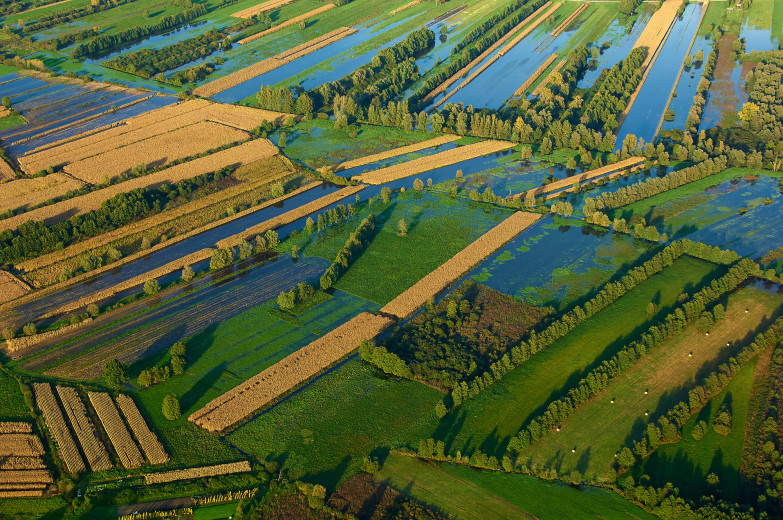 The Morostig Themed Trail winds through the Ljubljana Marshes and concludes at the Colliery. Photo: Matevž Lenarčič/slovenia.info
The Morostig Themed Trail winds through the Ljubljana Marshes and concludes at the Colliery. Photo: Matevž Lenarčič/slovenia.info
-
 A walk through it will inspire visitors who are interested in the history of the area and its views, as well as its botanical and zoological features and its diverse habitats. Photo: Jošt Gantar/slovenia.info
A walk through it will inspire visitors who are interested in the history of the area and its views, as well as its botanical and zoological features and its diverse habitats. Photo: Jošt Gantar/slovenia.info
A wealth of archaeological finds
The first changes in the Ljubljana Marshes occurred independently of the pile dwellers who settled on the edge of the lake around 6,600 years ago. Remains of colonial dwellings have been found in most Alpine countries.
Their abundance, the wealth of archaeological finds and, above all, the preservation of the organic remains of the huts, food, clothing, tools and other utensils are of paramount importance for understanding the first permanent settled farmers and pastoralists in this part of Europe.
At the end of the tour, the trail turns into a time machine that takes us back to the time of the pile dwellers. You will pass through the years of the first archaeological excavations in the Ljubljana Marshes, led by the versatile explorer Karel Dežman. The time of the Roman legionaries, the period of the Molnik settlement and other important milestones will whizz past you.
-
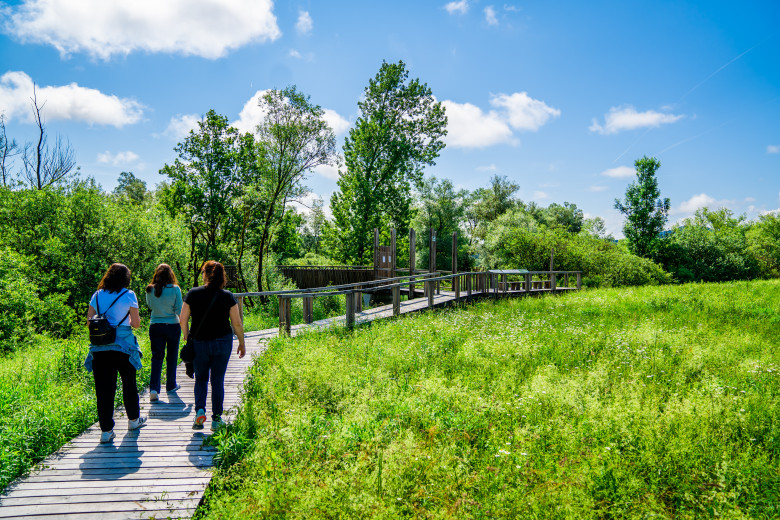 You will travel through the years of the first archaeological excavations in the Ljubljana Marshes, led by the versatile explorer Karel Dežman. Photo: Morostig
You will travel through the years of the first archaeological excavations in the Ljubljana Marshes, led by the versatile explorer Karel Dežman. Photo: Morostig
-
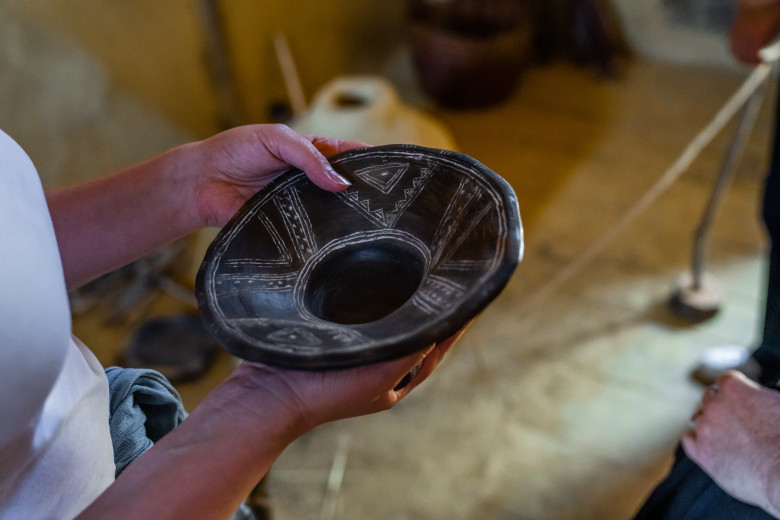 The wealth of archaeological finds is of paramount importance for understanding the first permanent settled farmers and pastoralists in this part of Europe. Photo: Morostig
The wealth of archaeological finds is of paramount importance for understanding the first permanent settled farmers and pastoralists in this part of Europe. Photo: Morostig
-
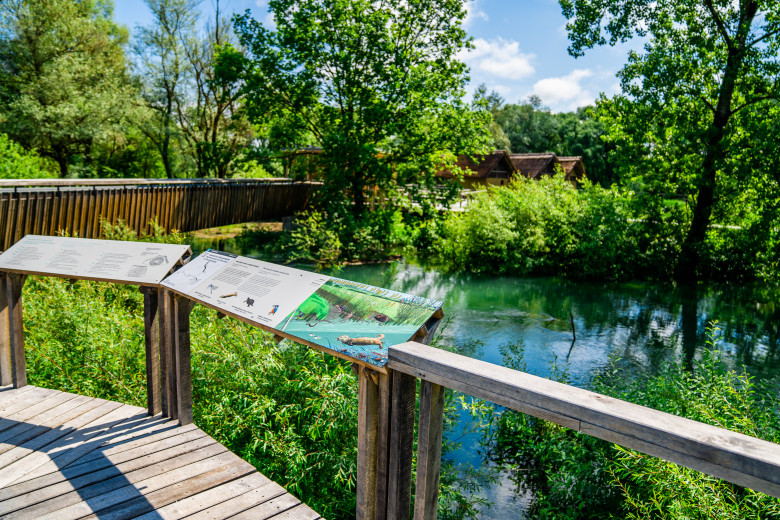 The old trees along watercourses, standing water and drainage channels that cover more than 5,000 kilometres of the Ljubljana Marshes are also important habitats for various species. Photo: Morostig
The old trees along watercourses, standing water and drainage channels that cover more than 5,000 kilometres of the Ljubljana Marshes are also important habitats for various species. Photo: Morostig
-
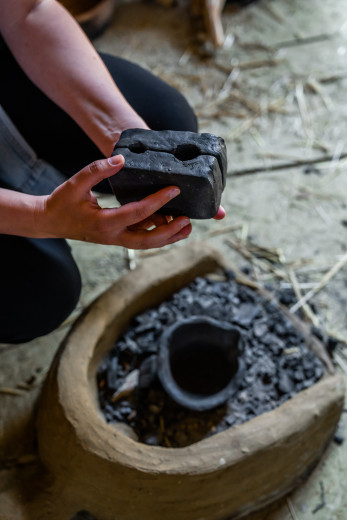 At the end, the path turns into a time machine that takes us back to the time of the pile dwellers. Photo: Morostig
At the end, the path turns into a time machine that takes us back to the time of the pile dwellers. Photo: Morostig
The Iščica River itself is full of life, but the old trees along the watercourses, the standing water and the drainage canals that cover more than 5,000 kilometres of the Ljubljana Marshes are also important habitats for different species! At the same time, the wet soils, the many and varied meadows on the moor and the biodiverse hedgerows are home to many endangered plants that are now disappearing at an accelerated rate, along with some animal species.


